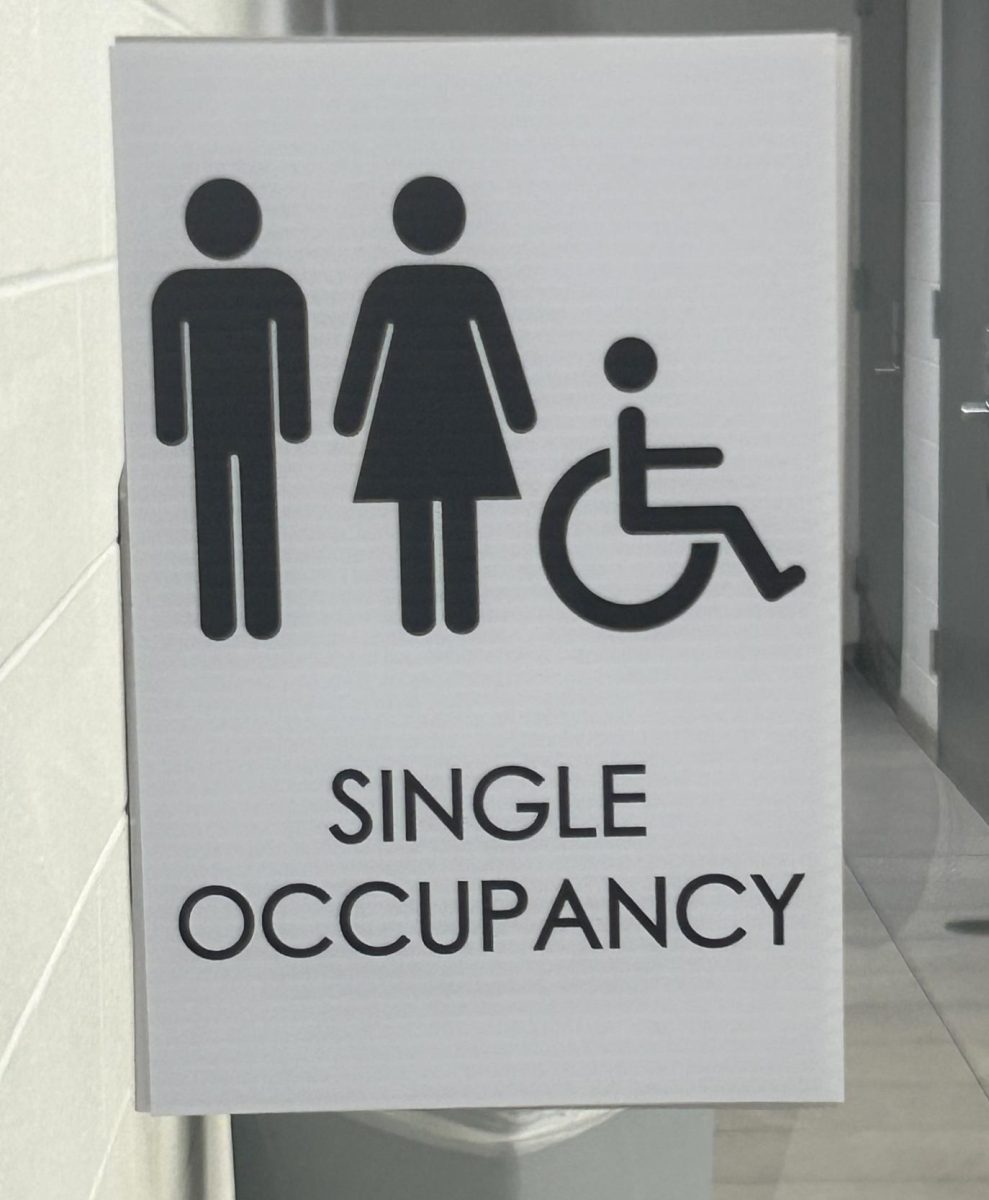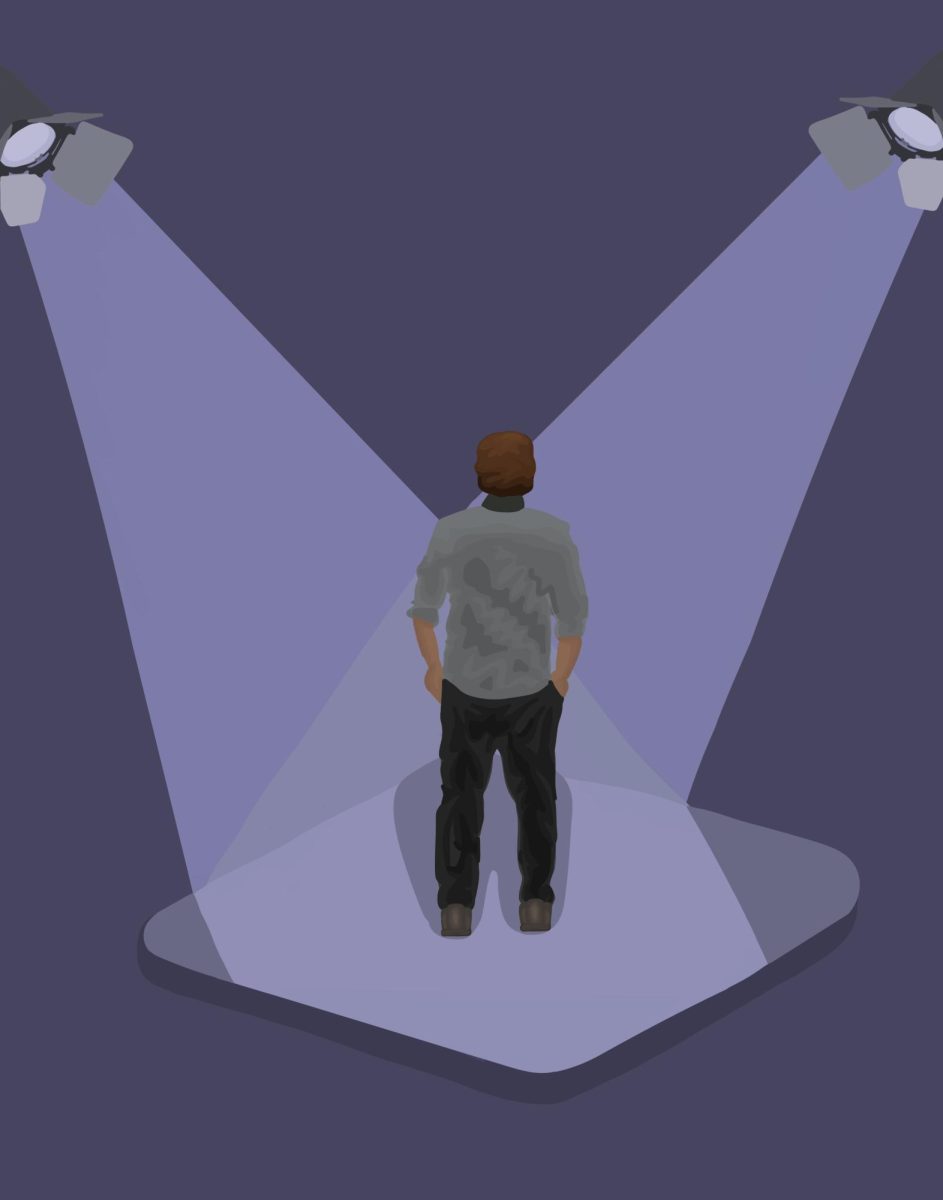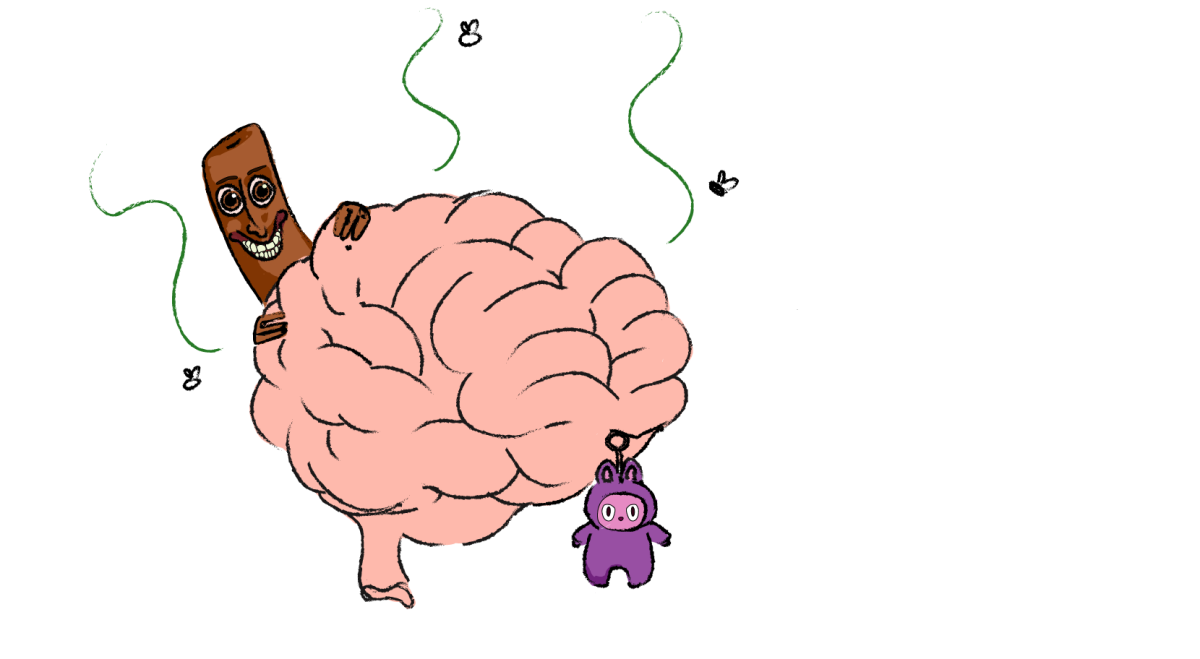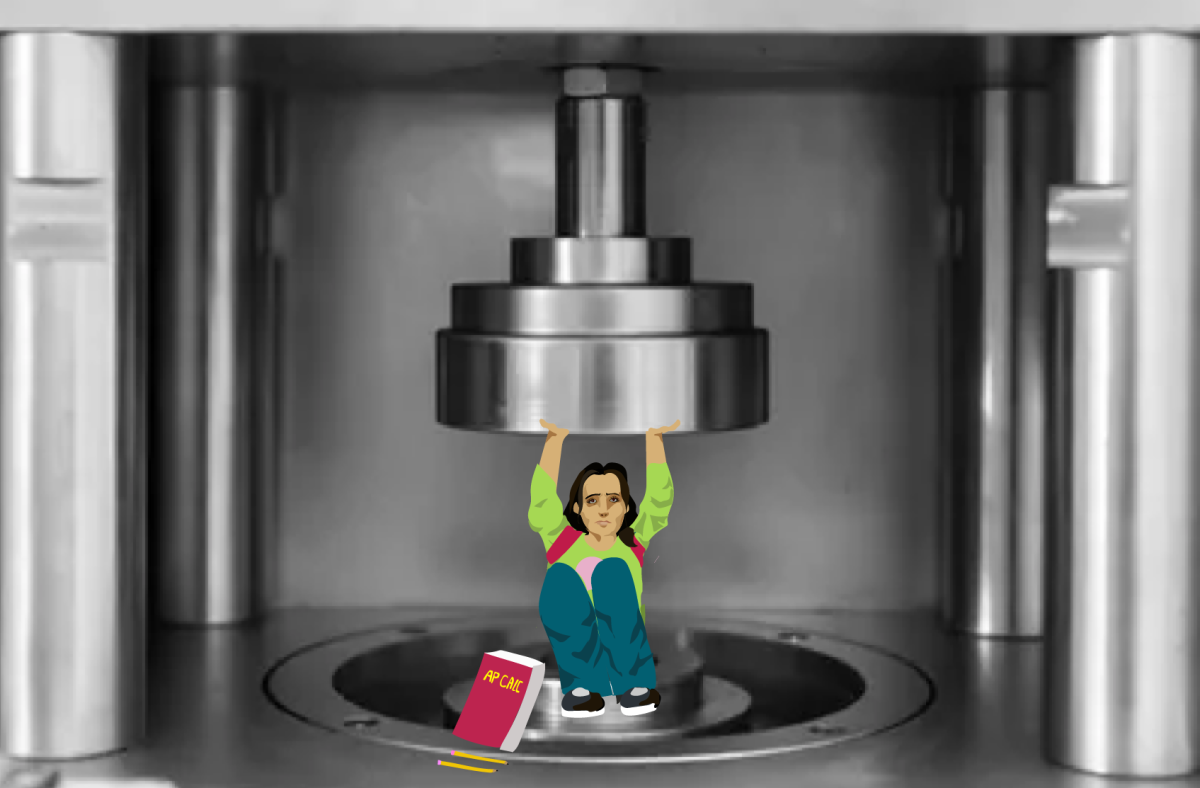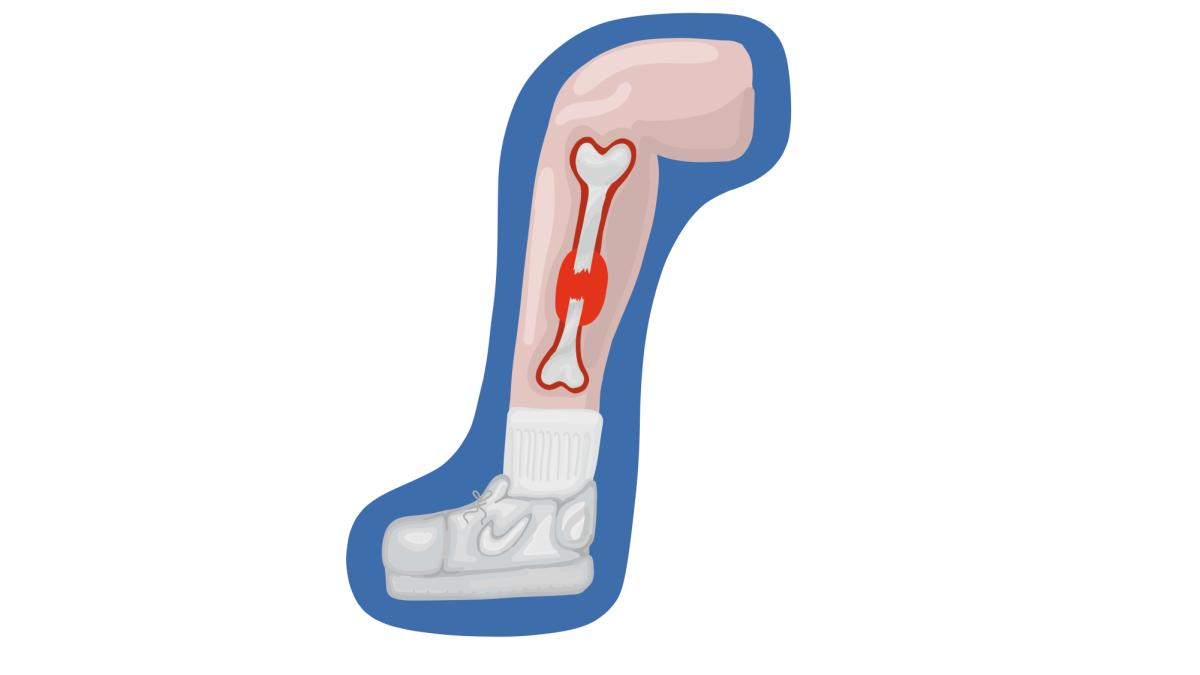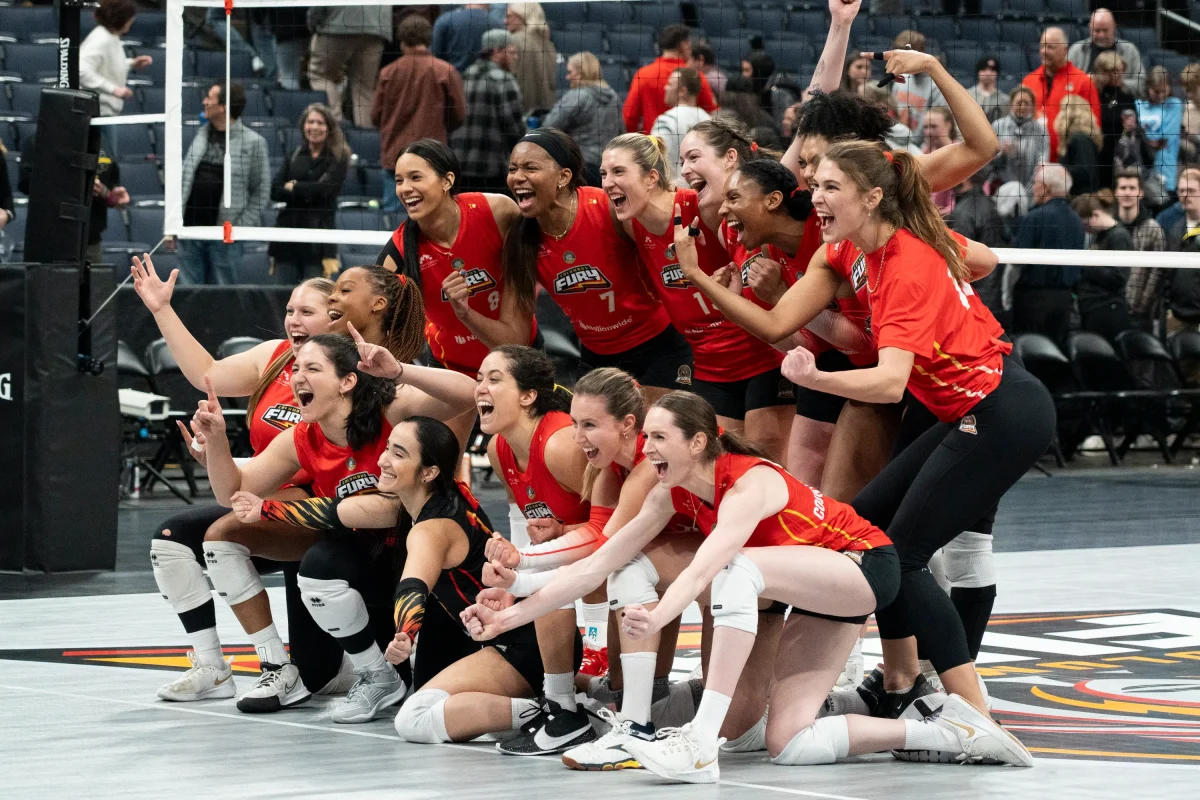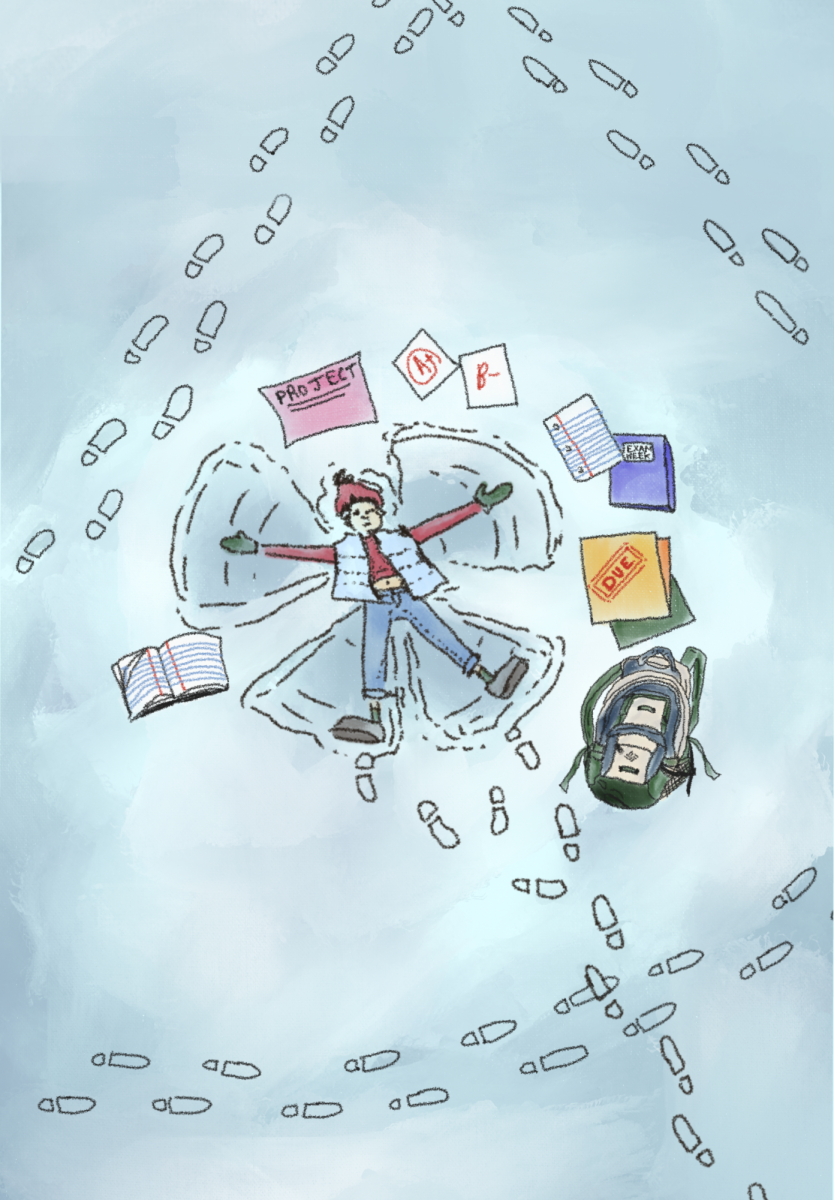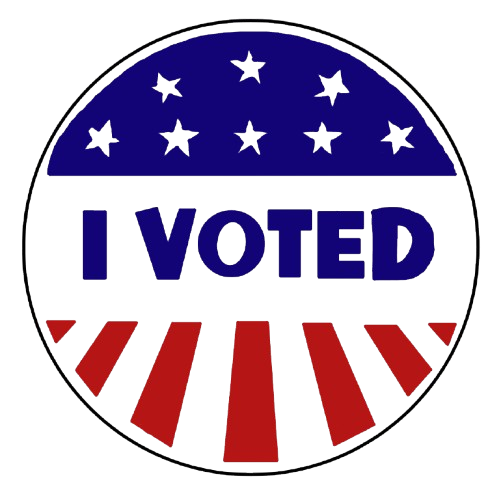
Students at Upper Arlington High School often turn a blind side when it comes to political issues and elections. Misinformation is easily spread through social media, making it difficult to make an informed decision. Many students get caught up with the “why” of politics. Why should I care? How will it affect me? Is my vote really important? The short answer is yes, but there is much more to learn than what is advertised.
“Every election is going to affect every person in the United States. You think that when we vote, it’s about something going on far away in Washington, D.C. The ramifications are going to be very close to home and going to touch us on different levels,” said government teacher and football coach Sean Branick regarding students’ perspectives.
The Nov. 5 election encompasses a lot of important topics. Government teacher Robert Soccorsi explained how the three notable topics are the presidential election, the U.S. Senate Race and Issue 1.
“I think it’s important for students who are 18 and who are knowledgeable about the issues to vote,” Soccorsi said.
After taking a poll from seniors at UAHS, 80% of eligible voters said that they got some of their information from online sources, while only 21.9% of seniors claimed to receive some of their information from parents, friends, or teachers.
“It’s your responsibility as a citizen to make sure you know what’s on the ballot well before voting day,” Branick said.
Branick highlights the importance of self-education from strong, reliable sources. Information is easily twisted, misinterpreted and taken out of context.
“Definitely go online and read multiple sources of information. Try to think about the longer-term consequences of what this would lead to. Don’t just look at a news story from your favorite news outlet and see what they say,” Branick said.
News sources online tend to be politically polarized, leading to biased articles. Getting information from one-sided sources can risk validity because only one political side or angle of the topic is explained. Soccorsi also believes in strong self-political education. He pushes towards the importance of unbiased sources when it comes to factual evidence.
“Students need to be very careful about what they find online. There are good sources and good websites, and there are also sources that are heavily biased,” Soccorsi said.
There are many methods to determine if online information is reliable. Branick explains some ways to get information from both sides, as opposed to reinforcing someone’s already biased opinions from one-sided sources.
“Don’t just look at a news story from your favorite news outlet and see what they say. I think it’s really important, even if you have a gut instinct that one side is good or bad, go to the opposite and read what their arguments are,” Branick said.
With the rise of social media across the globe, especially among young adults, misinformation is spread much easier and faster than before.
In a poll taken from UAHS seniors, 81.3% claimed to receive their information on the election from social media.
“I would say most of mine probably comes from social media, news and stuff like that,” senior Ryan Piccinich said.
While social media pages can have good information with truthful statements, many accounts are still posting biased information which can be dangerous when self-educating.
“I would also caution students not to get their news from TikTok, which I find is where a lot of my students get their political news, which is pretty dangerous,” Soccorsi said.
Soccorsi recommends getting information from reliable, unbiased websites, such as The Hill.
In high school, influence from peers is common as young adults begin to form opinions. When making difficult decisions, such as who to vote for, it can be easy for students to follow what their friends are doing.
“Don’t do what your friends want to do, or what you think is the cool thing to do. Actually understand what’s important to you and where the candidates stand on those issues and vote for them,” Soccorsi said.
Piccinich opens himself up about the candidates and topics.
“I wouldn’t just vote for it because my peers are,” Piccinich said.
This improves his ability to be a free thinker. Thinking this way will allow him to make a decision based on his own ideas and in the best interest of his future as opposed to following others..
In most cases, voters are aware of and informed on the presidential election. Debates and statements from the candidates fill the feeds of Americans looking to get informed. On the other hand, smaller issues with a lot of local importance are left in the shadows. On Nov. 5, Ohio citizens are also granted the opportunity to vote on Issue 1.
“Issue 1 is proposing that we would remove politicians from the process of drawing the new maps and put more citizens in charge of this, which I’m very curious to see how this would work. But when most people draw the maps, they try to do it for their political gain, their party’s political gain. The intent of it is to remove the people who would benefit from this from the process,” Branick said.
This initiative would create a 15-member commission consisting of five democrats, five republicans and five members who are either independent or a member of a third political party. It would then require that at least nine members approve of new districts, including at least two members from each party.
If approved, Ohio would become the ninth state to have a non-politician congressional redistricting commission.
The U.S. Senate Race is another major topic in the upcoming election, which is under the shadow of the presidential election.
“We’ve also got the U.S. Senate Race with Sherrod Brown and Bernie Moreno, which is a really important race. The balance of the Senate is really close between Republicans and Democrats. So you know that race could potentially swing the Senate control of the Senate to either Republicans or Democrats,” Soccorsi said.
The Senate Race is extremely important because the balance is very close between Republicans and Democrats. 34 of the 100 Senate seats are up for reelection, 19 of which are currently held by Democrats, 11 by Republicans and four by Independents. The Senate is currently split 49-47-4 between Republicans, Democrats and Independents, respectively, so just one seat, such as Ohio’s, could swing the balance.
Out of all the topics citizens are voting on this election, the presidential race takes center stage. Over the past few months, the Democratic and Republican candidates have been campaigning to gain love and support. Former President, Donald Trump and current Vice President Kamala Harris are the hot topic all over the news.
Many voters make an informed decision on which candidate fits their agenda best, based on their responses to topics in the debate, and how the candidates explain their plans for the future.
These topics consist of abortion, immigration, taxes and how the candidate is planning to help Ukraine. Citizens across the nation have different opinions on these topics, and it is important to inform yourself on how these candidates plan to push for change, and make their mark.
It is still a good idea for ineligible voters to learn about the candidates and issues in the upcoming election. Their plans could make an impact on future career paths, living situations and the economy overall. Taking a political spectrum test is a start to learn personal political opinions for voting in future elections. Comparing morals with the morals of these candidates is another way to get an idea of what to look for in our officeholders and policies.


